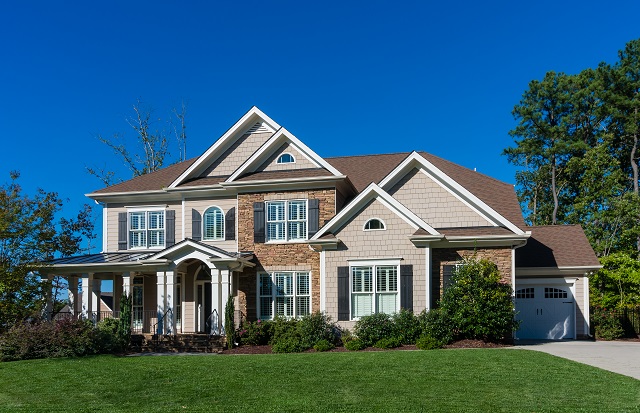Ways to Save Money On Your Refinance

Top Tips to Save Money On Your Refinance
To refinance a mortgage simply means replacing an existing mortgage with a new one. Why would someone do that? For a variety of reasons. Perhaps the common reason is to reduce the interest rate on an existing loan. When someone originally finances a home at one rate and later rates fall, it might make sense to refinance to the lower rate, reducing the monthly payment. It can also be a benefit by switching loan terms. If you compare the amount of interest paid over 30 years compared to 15, you’ll be surprised (call me and I’ll give you some examples). Maybe there’s a balloon payment coming due or it’s time to replace a construction loan. Whatever the reason, a refinance is indeed a brand new loan which then means potential new closing costs. But there are ways to save that many may not be aware of.
How to Save Money on Your Refinance
The first way is to adjust the interest rate on the new mortgage. This doesn’t mean refinancing to a lower rate or getting away from a balloon mortgage, but to adjust a rate upward. Why would someone refinance and take a higher rate? It’s actually very simple. Taking a slightly higher rate can result in a lender credit toward your closing costs. Here’s how that works. You remember that you had the option of taking a lower rate on your new mortgage by paying a discount point. A discount point is a form of prepaid interest to the lender. In exchange for the discount point, you’re rewarded with a lower rate. But the opposite can be a benefit.
Let’s say you’re looking at a 30-year rate with one discount point. On a $300,000 loan, that equates to an additional $3,000 for the lower monthly payment. With a 30 year mortgage, the average discount is about 0.25%. As long as you own the property long enough to ‘recover’ the $3,000, you’re in pretty good shape. Again, I can run the numbers for you, and we can decide together. Okay, by raising the interest rate the opposite occurs. Instead of paying $3,000 for a lower rate, the lender will pay you $3,000 for a slightly higher one. The advantage is often pretty clear. While the monthly payment might increase by a bit, saving $3,000 can be the better choice.
Streamline Refinance Method
Another way is to refinance using a ‘streamline’ method. A streamline refinance is associated with a government-backed mortgage program. There are three such programs, the VA, USDA and FHA loans. With a streamline, closing costs are much lower. Depending upon the program and loan chosen, certain fixed costs associated with the purchase loan are removed. A streamline might mean eliminating the need for an appraisal or a credit report. Other savings might be available as well. These three programs can have different requirements for a streamline but should certainly be an option.
Finally, and this isn’t as much as a savings but a way to handle the closing costs on the new loan. Again, there will be costs, but instead of paying for them out of pocket, with a refinance you can roll those costs into the new loan. So, while there won’t be any out of pocket expenses on your end, associated costs will simply be a part of your new mortgage. The added benefit is the additional amount added to you monthly payment is marginal compared to paying out of pocket.
What’s Next
After a phone call, we can discuss your options and I can go over the prospective fees as well as ways to offset them. Closing costs can’t be avoided, but how they’re handled is a completely different picture.

